Results 1 to 10 of 16
Threaded View
-
07-03-2016, 09:37 AM #1
 Restoring an Iwasaki Tamahagane Western Razor
Restoring an Iwasaki Tamahagane Western Razor
Iwasaki razors are without a doubt among the best razors ever produced. I love the skill and craftsmanship of Iwasaki razors.
With respect to this masterwork I hesitate for a while to take hands on this Iwasaki western razor no. 1816.2, since the restoration was mainly based on aesthetic issues (and of course some practical shaving issues) but was not essentially necessary because of defects or rust or anything serious.
I don’t know why, but it seems that a lot of razors you can find in Japan are seriously worn out by honing mainly on the toe of the razor.
So this one arrived at me in the following condition:
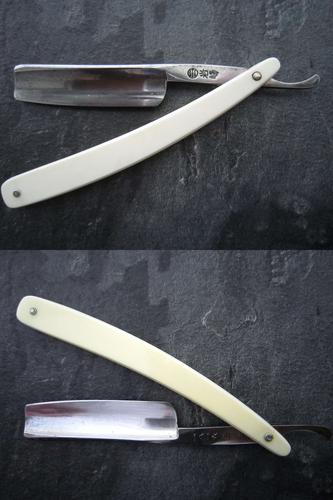
The two problematic zones caused by the excessive hone wear at the toe are the spine and the edge.
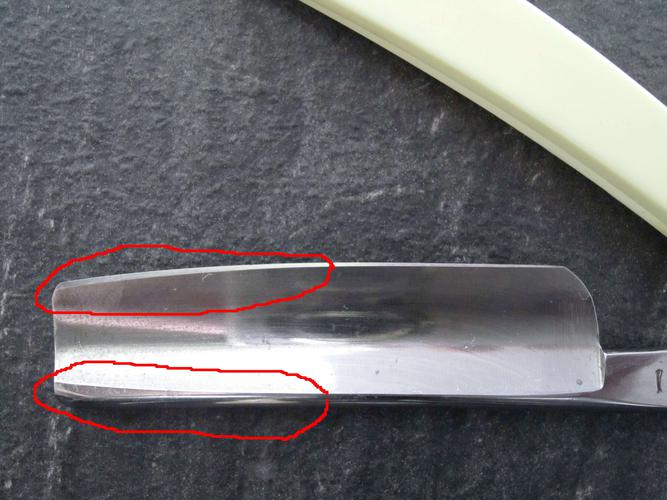
I decided to do a small local regrind to correct the line of the spine:
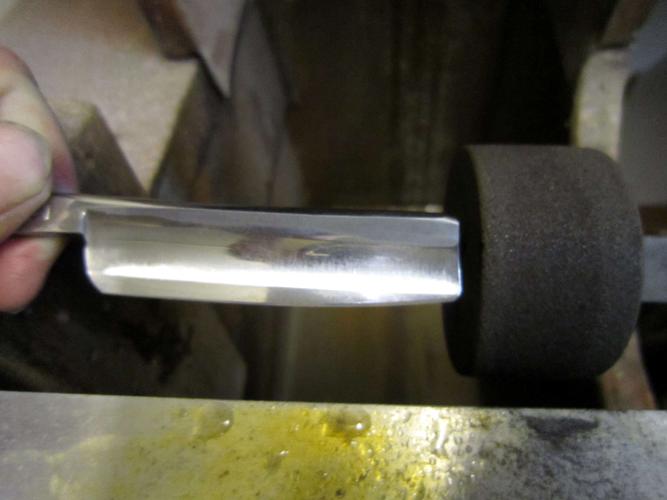
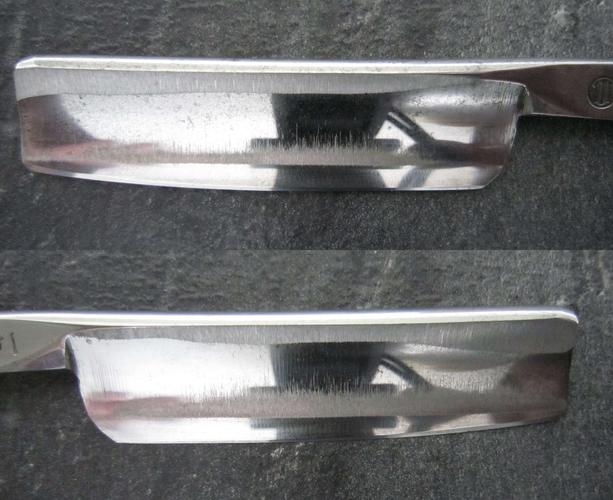
Next step is what is called “Pliesten” in Solingen/ Germany. I don’t know if there is a correct or at least -any translation- for this operation in English. Pliesten describes a process in between grinding and polishing. Whereas grinding is a stock-removing process that needs abrasive materials, mainly in form of grinding stones and discs of natural or artificial material, polishing is strongly defined as an operation without the usage of abrasive materials. Pliesten is in between these two processes, using abrasive grinding powder –traditionally in form of emery, today mostly artificial corundum or diamond powder, which is glued to wood or felt discs.
I used original old mined Naxos emery for this step.
With different emery grades, from middle to very fine the metal surface is refined.
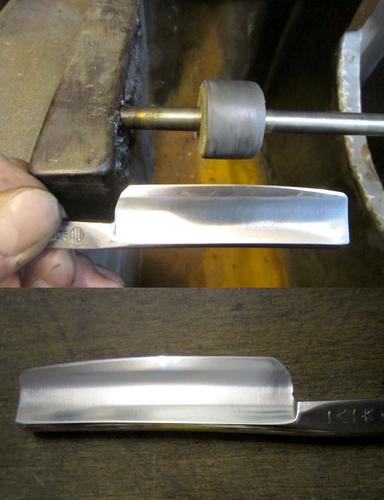
The razor tang has been pliested with fine emery on a disk with larger diameter.
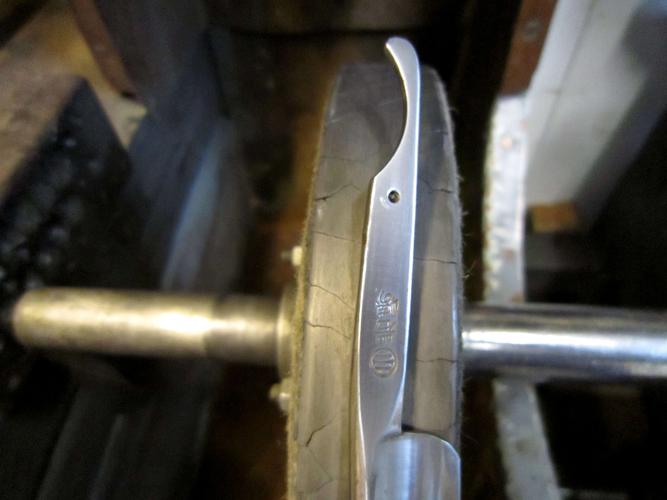
........


 70Likes
70Likes LinkBack URL
LinkBack URL About LinkBacks
About LinkBacks







 Reply With Quote
Reply With Quote